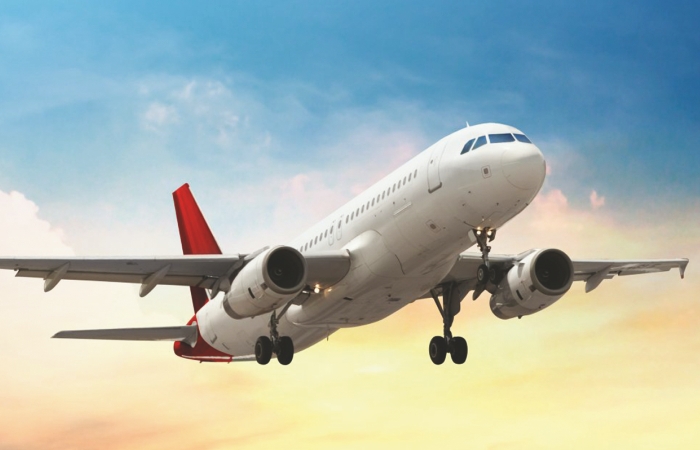TT Bureau
The International Air Transport Association (IATA) has announced an upgrade to its outlook for the airline industry’s financial performance in 2022 as the recovery from the Covid-19 crisis picks up pace. IATA forecasts that the industry losses are expected to reduce to -$9.7 billion (improved from the October 2021 forecast for an $11.6 billion loss) for a net loss margin of -1.2 per cent. It is a huge improvement from losses of $137.7 billion (-36.0% net margin) in 2020 and $42.1 billion (-8.3% net margin) in 2021.
Willie Walsh, Director General, IATA, said, “Airlines are resilient. People are flying in ever greater numbers. And cargo is performing well against a backdrop of growing economic uncertainty. Losses will be cut to $9.7 billion this year and profitability is on the horizon for 2023. It is a time for optimism, even if there are still challenges on costs, particularly fuel, and some lingering restrictions in a few key markets,” said
The IATA has cited several factors for the improvement in situation. It stated that the revenues are rising as Covid-19 restrictions ease and people return to travel. However, the challenge for 2022 is to keep costs under control. “The reduction in losses is the result of hard work to keep costs under control as the industry ramps up. The improvement in the financial outlook comes from holding costs to a 44 per cent increase while revenues increased 55 per cent. As the industry returns to more normal levels of production and with high fuel costs likely to stay for a while, profitability will depend on continued cost control. And that encompasses the value chain. Our suppliers, including airports and air navigation service providers, need to be as focused on controlling costs as their customers to support the industry’s recovery,” said Walsh.
Revenues
Industry revenues are expected to reach $782 billion (+54.5 per cent on 2021), 93.3 per cent of 2019 levels. Flights operated in 2022 are expected to total 33.8 million, which is 86.9 per cent of 2019 levels (38.9 million flights). Passenger revenues are expected to account for $498 billion of industry revenues, more than double the $239 billion generated in 2021.
Cargo revenues are expected to account for $191 billion of industry revenues, which is slightly down from the $204 billion recorded in 2021, but nearly double the $100 billion achieved in 2019.
Expenses
Overall expenses are expected to rise to $796 billion, which is a 44 per cent increase on 2021, which reflects both the costs of supporting larger operations and the cost of inflation in some key items. At $192 billion, fuel is the industry’s largest cost item in 2022 (24 per cent of overall costs, up from 19 per cent in 2021). War in Ukraine is keeping prices for Brent crude oil high. Nonetheless, fuel will account for about a quarter of costs in 2022.
Labour is the second highest operational cost item for airlines. Direct employment in the sector is expected to reach 2.7 million, up 4.3 per cent on 2021 as the industry rebuilds from the significant decline in activity in 2020.
Macro-economic factors
The global macroeconomic backdrop is critical for the industry outlook. The forecast incorporates an assumption for solid global GDP growth of 3.4 per cent in 2022, down from the strong 5.8 per cent rebound last year. Inflation has risen and is expected to remain elevated throughout 2022, waning over the course of 2023. And, while nominal interest rates are rising, real interest rates are expected to remain low or negative for a sustained period.
However, IATA stated that there are a number of risk factors associated with the outlook. It said the impact of the war in Ukraine on aviation pales compared with the unfolding humanitarian tragedy. The outlook assumes that the war in Ukraine will not escalate beyond its borders.
Inflation and interest rate
Interest rates are rising as central banks combat inflation. Aside from those carrying debt (who will see inflation devaluing their debts), inflation is harmful and has the economic dampening effect of a tax by reducing purchasing power. There is downside risk to this outlook should inflation continue to rise, and central banks continue to hike interest rates.
The outlook assumes that growing population immunity to Covid-19 means there will not be a repeat of the policy mistakes. There is, however, downside risk, should governments return to knee-jerk border-closing responses to future outbreaks.
 TravTalk India Online Magazine
TravTalk India Online Magazine







